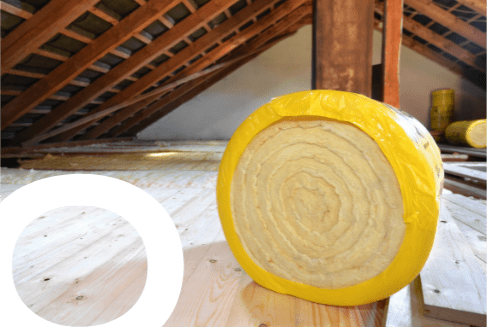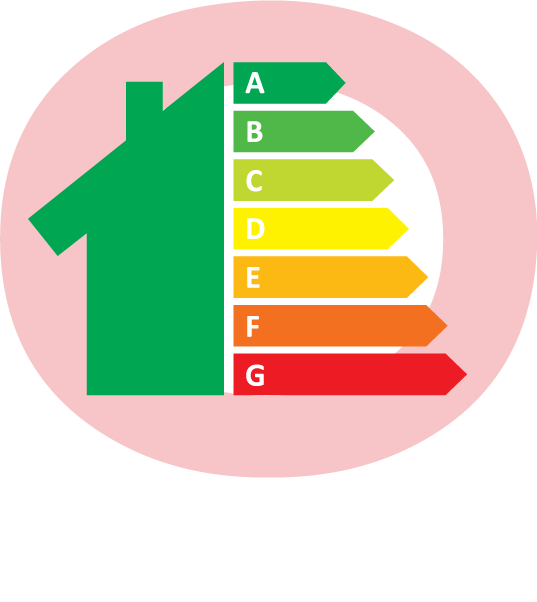Loft Insulation Contractors
Did you know that an uninsulated loft space can reduce your home’s energy efficiency by 25%?
Long-lasting loft floor insulation is quick to install and helps you maintain your home temperature and lower your energy bills. Whether you have existing loft insulation or not, we can help.
You can prevent heat loss in your home if you opt to install loft insulation. At Outlook Energy Solutions, we’re experienced in providing loft insulation for homes all over the UK, whether through a government grant or not.
Check to see if you qualify for the UK government’s loft insulation grant. If you do, you could receive free loft insulation, lowering your energy bills long-term.

How does loft insulation work?
Did you know that loft insulation installation is actually quite quick and easy to install? It can have huge benefits, such as making a house warmer, preventing heat loss, and improving the energy efficiency of a property, lowering heating bills.
Here’s how loft insulation works:
Existing insulation material may be kept in place if you already have some, though a new loft conversion will likely have none when we arrive to install.
Loft insulation creates a barrier that stops warm air from leaving through your roof space, keeping the heat you’ve paid for in your home.
This helps to keep your home cooler during summer heatwaves.
How much can you save on your energy bills with loft floor insulation?
Here’s how much you can save on your energy bill with loft insulation per year depending on the size of the property.
£590
£330
£355
£590
Source
Estimates are based on insulating a gas-heated home with an uninsulated loft (0mm) with 270mm of loft insulation. Figures are based on fuel prices as of October 2022.
What are the benefits of loft insulation?
Funding available with government-backed grants
As part of the UK government’s initiative to cut carbon emissions, grants are available to fund energy-efficient upgrades to homes with low energy ratings.
If you are living on a low-income or receive income-related benefits, you could be eligible to receive full funding for home insulation, air source heating and solar panel energy.

Internal Wall Insulation FAQs
How much loft insulation do I need?
Currently, in the UK, building regulations recommend having loft insulation at a thickness of at least 270mm. This recommendation is for both new builds and old properties.
How much does loft insulation cost?
The average cost for loft insulation runs between £550 and £960, however, there are many factors to consider, such as the size of the loft, the material being used, removal of old insulation, and labour costs.
What are the different types of loft insulation?
There are several different types of loft insulation. Blanket insulation, sometimes known as quilt insulation, is the cheapest option and is made from wool or fibreglass. Blanket insulation can be bulkier than other types and can be tricky to use in smaller or more confined spaces.
Loose-fill insulation is slightly more cost-effective compared to blanket insulation and is considered more environmentally friendly. Loose-fill insulation is made from cork granules and mineral wool and it has a tendency to come apart, which can cause draughts, and must be fitted by a specialist as the material can cause skin irritation.
Sheet or foam board insulation is another type of insulation and is made from PIR (polyisocyanurate). This insulation is usually used on sloped roofs and in conjunction with loft conversions. Due to its properties, sheet board insulation is also considered to be environmentally friendly, but it does come at a higher cost than blanket or loose-fill insulations.
Spray foam insulation can also be used to insulate lofts. It needs to be installed by a professional and can be great for reaching into smaller areas in the loft.